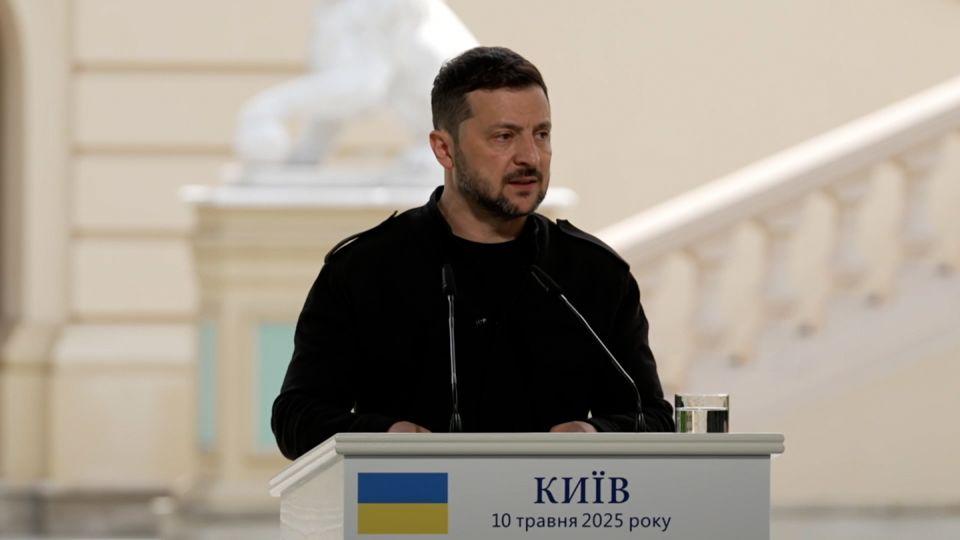
Ukrainian President Volodymyr Zelensky has agreed to meet Russian President Vladimir Putin this week, following Russia’s refusal to accept an international ceasefire demand and after US President Donald Trump urged immediate talks.
Over the weekend, Ukraine’s European allies gave Russia an ultimatum: accept a 30-day unconditional ceasefire in Ukraine by Monday or face new sanctions. Trump supported the proposal, according to Germany's Chancellor Friedrich Merz. However, in a late-night speech, Putin ignored the ceasefire demand and instead suggested holding direct talks with Ukraine in Turkey on Thursday—something not seen since the early months of Russia’s 2022 invasion.
Ukraine’s allies insisted there could be no negotiations without a ceasefire. But Trump undermined this position, calling on Zelensky to accept Putin’s invitation immediately. “HAVE THE MEETING, NOW!!!” Trump wrote on Truth Social.
Within an hour, Zelensky announced he was willing to meet Putin in Turkey. “I will be waiting for Putin in Türkiye on Thursday. Personally. I hope that this time the Russians will not look for excuses,” he said. Although Zelensky emphasized that a full ceasefire would provide a proper foundation for diplomacy, he did not insist on it as a precondition for talks.
European leaders remain cautious. Merz stated that talks “cannot begin until weapons fall silent,” while Poland’s Prime Minister Donald Tusk and France’s President Emmanuel Macron dismissed Putin’s offer as insufficient without a ceasefire. Former US envoy Keith Kellogg also echoed these concerns.
Despite their firm stance, Trump’s shift in position weakened the collective pressure on Moscow. Last week, Trump demanded a 30-day ceasefire but has since dropped that condition, focusing instead on pushing Ukraine towards talks.
Analysts believe Putin’s offer aims to shift the blame onto Kyiv, portraying himself as open to peace while avoiding the ceasefire commitment. Professor Sergey Radchenko noted that Putin's move places Zelensky under pressure to engage, especially with Trump publicly demanding negotiations.
Meanwhile, Turkish President Recep Tayyip Erdogan expressed readiness to host the talks. Ankara, however, hinted that a ceasefire would still be the best way to create the right environment for peace talks.
Putin suggested that the talks in Turkey could explore a possible new truce but emphasized addressing the root causes of the conflict. His proposal coincided with the end of a three-day Russian-ordered pause in fighting, during which over 100 drone attacks were reported. Both sides accused each other of violating the temporary truce.
As Monday’s ceasefire deadline approaches, it remains unclear whether European allies will proceed with new sanctions against Russia. For now, the focus has shifted to the possible meeting between Zelensky and Putin in Turkey.
Global
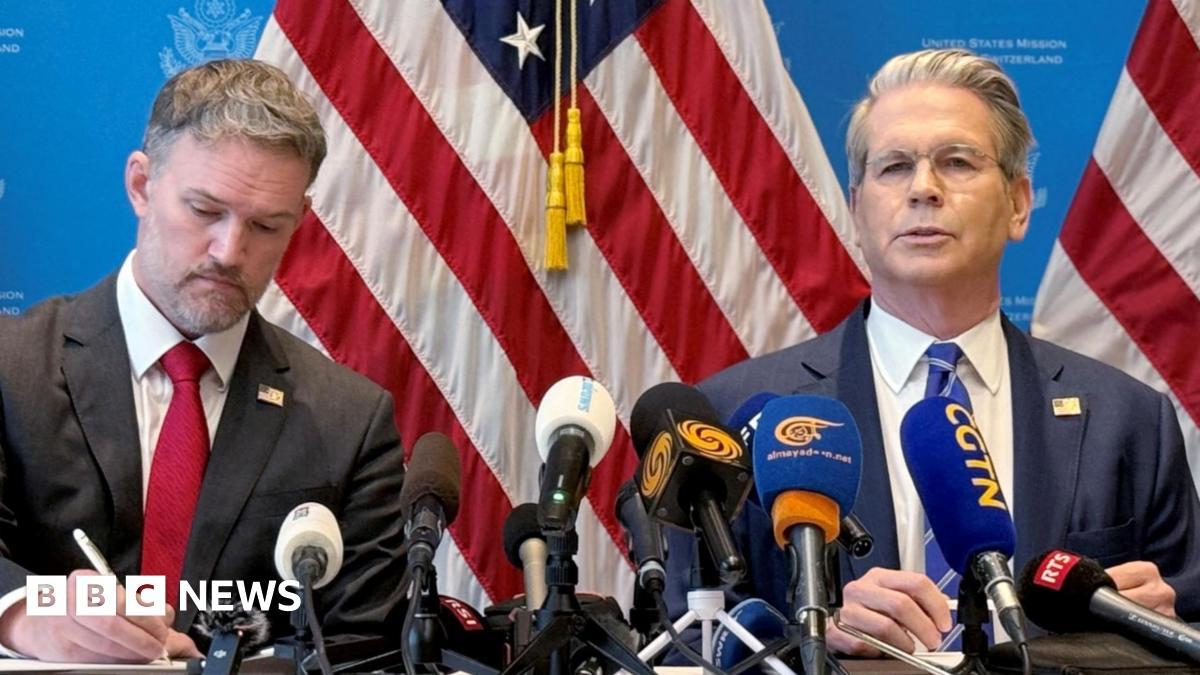
US and China Agree to Lower Tariffs in Bid to Ease Trade Tensions
The United States and China have reached an agreement to reduce tariffs, easing trade tensions between the world’s two largest economies after a period of what was described as a “de facto trade embargo.” US Treasury Secretary Scott Bessent confirmed the deal earlier today, acknowledging that the high tariffs had created a virtual blockade on trade between the two global powers.
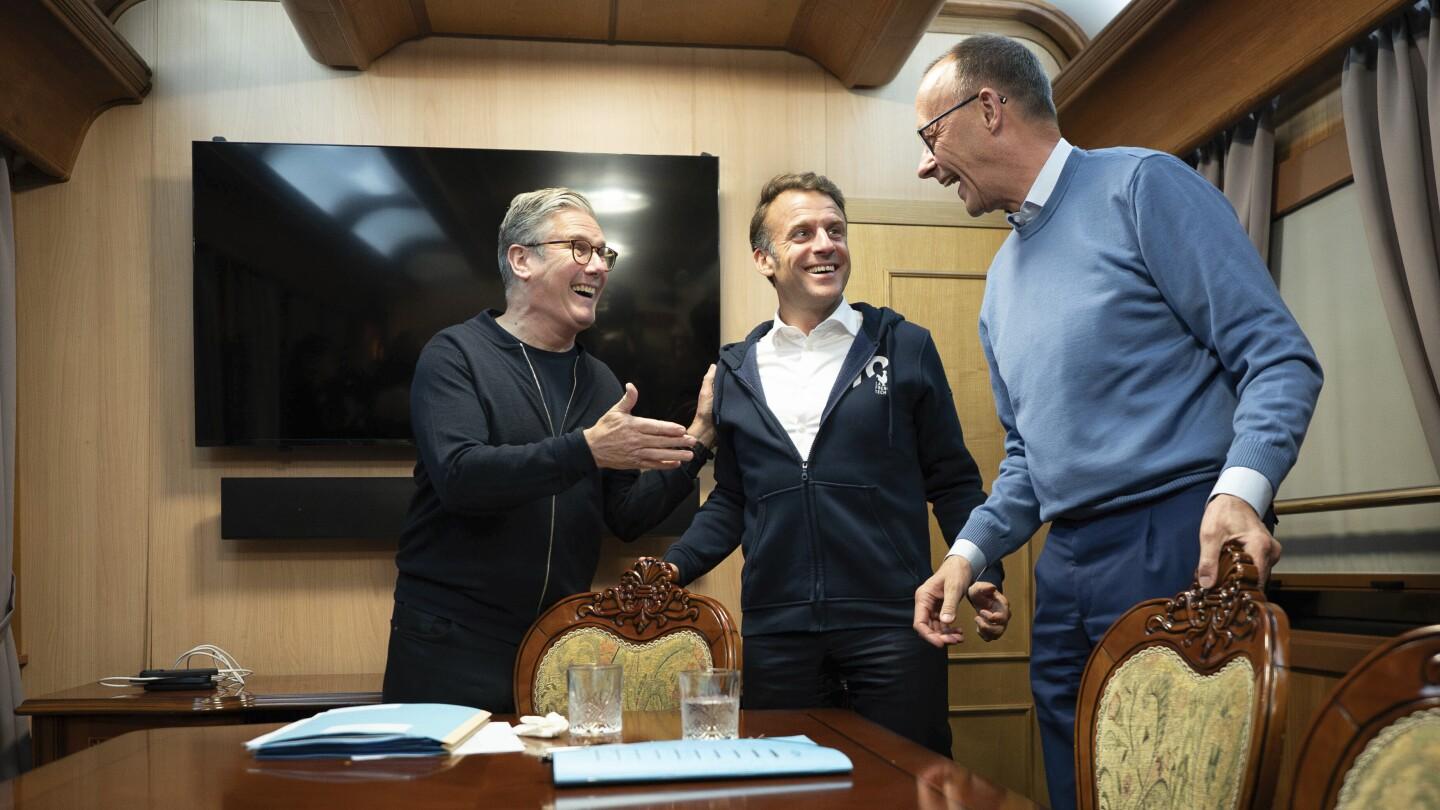
European Leaders Visit Kyiv, Back 30-Day Ceasefire Push
The heads of government from four major European countries arrived in Kyiv on Saturday, showing unified support for Ukraine as momentum grows for a proposed 30-day ceasefire in the ongoing war with Russia.
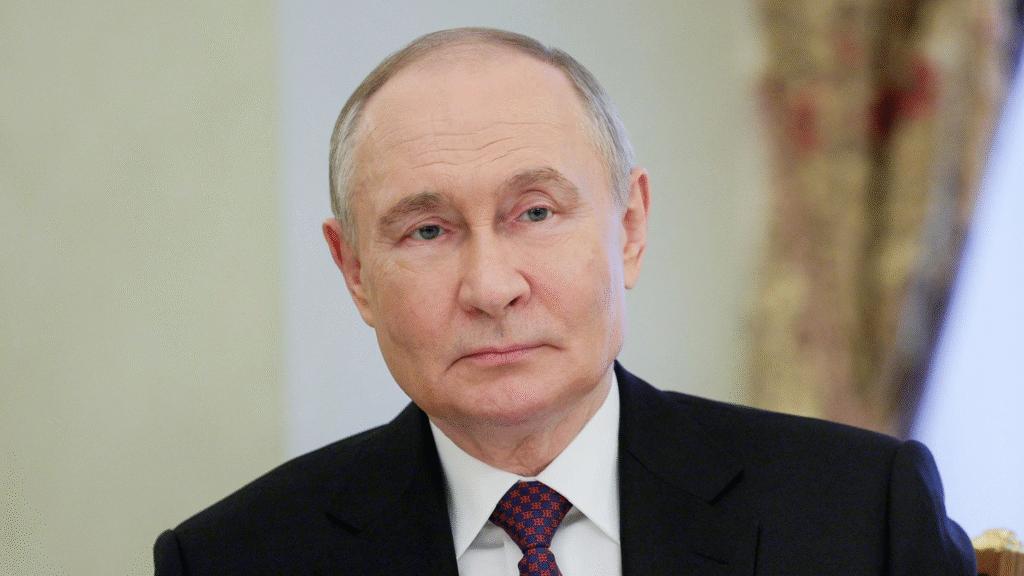
Putin Declares Temporary Ukraine Ceasefire from May 8 to 11
Russian President Vladimir Putin has declared a temporary ceasefire in Ukraine that will last from May 8 to May 11.
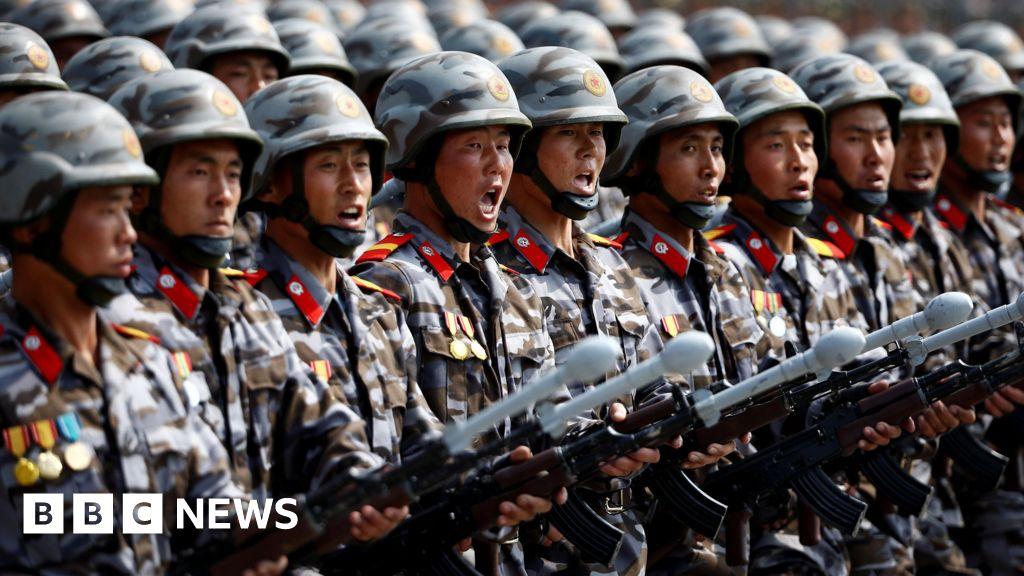
North Korea Confirms It Sent Troops to Fight for Russia in Ukraine
For the first time, North Korea has confirmed that it sent troops to fight for Russia in the ongoing war against Ukraine.

Judge Blocks Trump Effort to Cut School Funds Over DEI Programs
A federal judge in New Hampshire has blocked the Trump administration from cutting education funding to public schools involved in certain diversity, equity, and inclusion (DEI) programs.